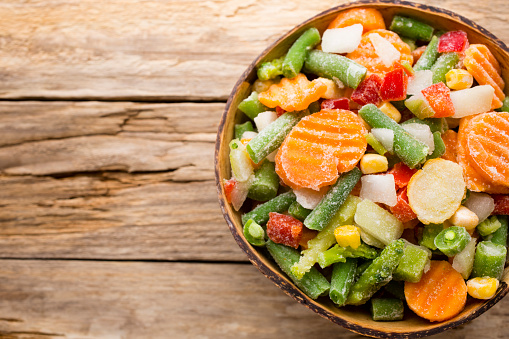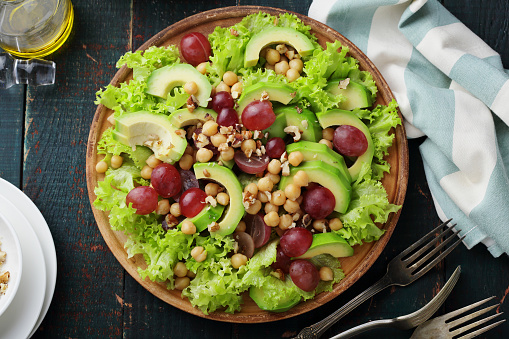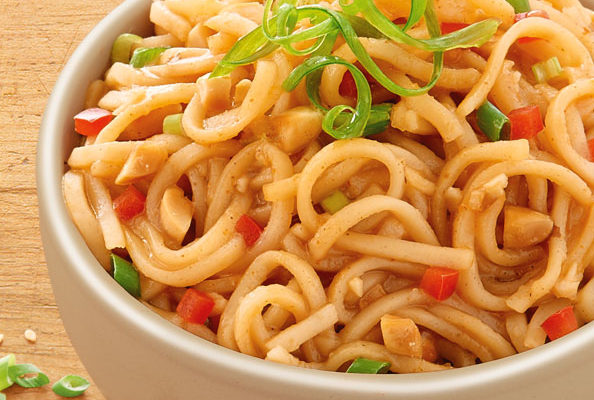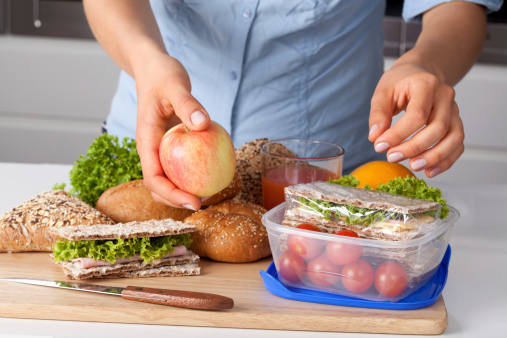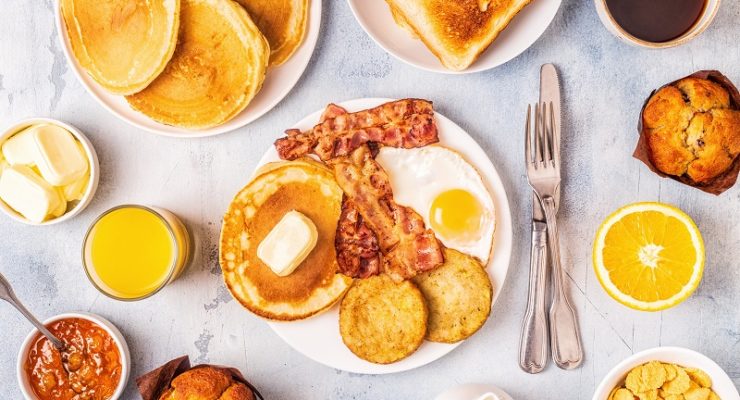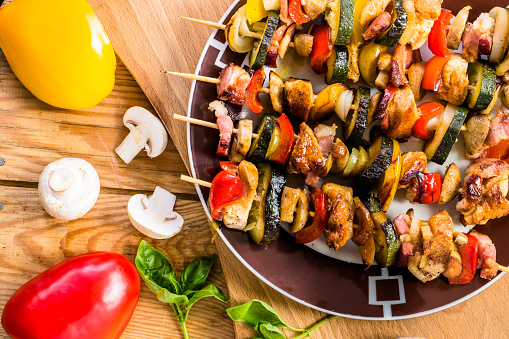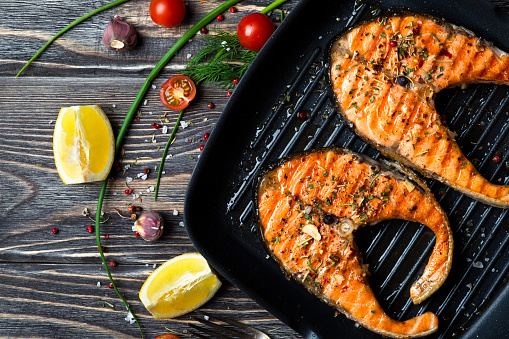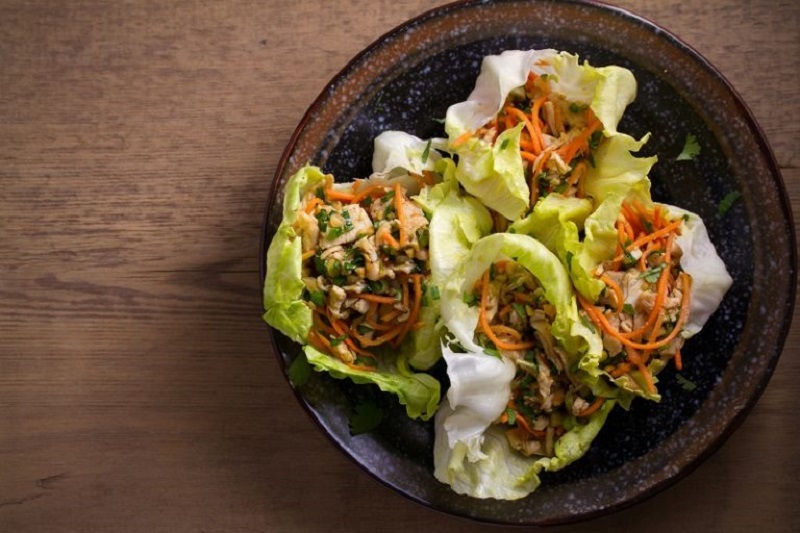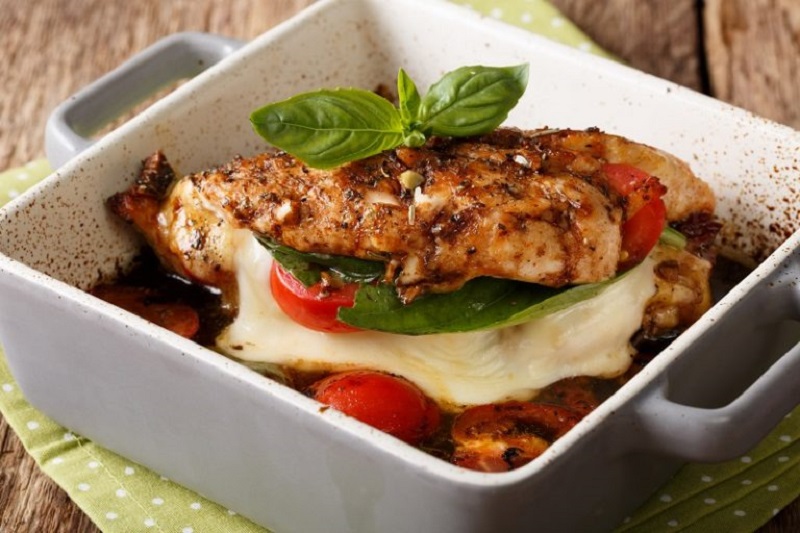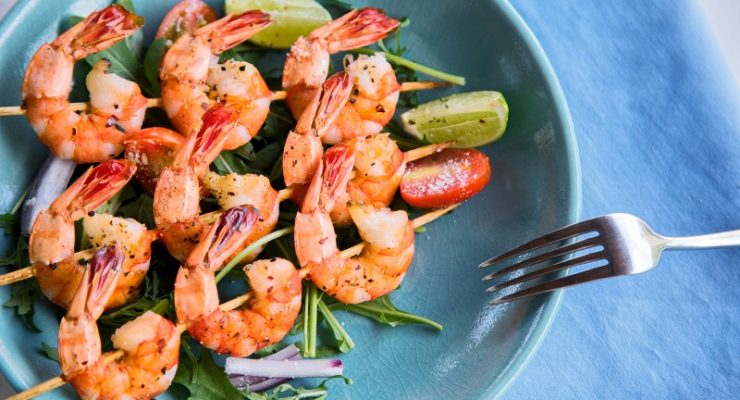10 Ways to Give Your Morning Oatmeal a Makeover
What if there was a magic meal that could help make your waist smaller, cholesterol lower and heart healthier? Enter oats.
Oatmeal contains loads of a special fiber called beta-glucan. According to the Academy of Nutrition and Dietetics, consuming just one and a half cups of oats containing this fiber daily can help lower your cholesterol levels and control blood pressure.
Oatmeal is nutrient-dense, too. It’s a great source of manganese, magnesium, iron, zinc, folate and other B vitamins. It’s also full of antioxidants, which is probably why the American Heart Association recommends oatmeal as a heart-healthy meal. Combining oats with vitamin C only helps increase these cardiovascular benefits.
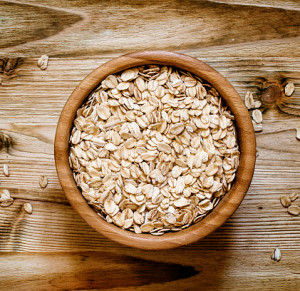
And it doesn’t stop there. Oatmeal may boost your immune response, control blood sugar spikes, and help control your weight. Oats contain more protein and fat than most other grains. Plus, they’re gluten-free, making them a perfect choice for those with Celiac disease. This well-balanced meal will help keep you satisfied throughout the morning. Extra perk: Oats are relatively inexpensive so gaining these benefits by eating them everyday is completely budget-friendly. Even bigger perk? Nutrisystem’s got plenty of oat options on the menu!
One-half of a cup of cooked oatmeal (in water) counts as a SmartCarb on the Nutrisystem program. And, if you’re looking to create a flex breakfast, you’ll want to sit down to one SmartCarb and one PowerFuel.
Looking for some fun ways to pump up your oats?
Here are 10 ways to add some excitement, flavor and extra nutrition to your morning bowl of oats:
- Fruits & Berries
Add some fresh seasonal berries to your oatmeal. Berries add both natural sweetness and vitamin C to your bowl. Vitamin C boosts the cardiovascular benefits of your oatmeal and aids in iron absorption. Add your favorite berries to your morning meal to take your oats to another level (a cup of fresh berries counts as one SmartCarb serving on Nutrisystem). - Banana-Nut Oatmeal
It’s simple to add sliced bananas, chopped walnuts and cinnamon to the top of your cooked oatmeal. And it makes for a restaurant-worthy breakfast dish. Bananas add even more fiber to your meal, plus potassium and antioxidants. One medium banana counts as one SmartCarb on the Nutrisystem program. Walnuts are rich in omega-3s and vitamin E. This little nut may boost your brain power, too (Remember: Two tablespoons of walnut halves count as a PowerFuel on Nutrisystem). Basically, this delicious dish is the perfect meal for both your mind and your heart. - Overnight Oats with Chia Seeds
Overnight oats may be the quickest breakfast with the biggest health benefits. Have less than a minute to put breakfast together? Make oats at night and you’ll be able to grab them and go in the morning. Combine your favorite nut milk with oats, chia seeds and cinnamon. Chia seeds are loaded with heart-healthy fats, fiber, protein, vitamins and minerals. One and a half teaspoons of chia seeds count as one Extra on the Nutrisystem plan, while one cup of unsweetened almond milk counts as one Extra. Love chia seeds? Try this delicious recipe for Mango Vanilla Chia Seed Pudding.
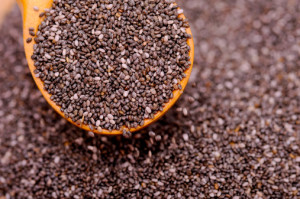
- Unsweetened Coconut flakes
Coconut flakes are crunchy and sweet, adding a hearty bite to your morning oatmeal. Coconut flakes also add fiber, heart-healthy fats and iron to your meal. Just watch your portions. A little goes a long way, and a lot goes right to your daily caloric intake. Stick with one tablespoon of coconut to keep the serving to one Nutrisystem Extra. - “Zoats”
Zoats are taking the foodie world by storm. Its zucchini in your oatmeal. Cooking the zucchini in a pan with the oats and water adds density, richness and loads of fiber to your meal. Sneaking in some vegetables to your meal anytime you have the opportunity will also help you reach your daily produce requirement. Learn more about this popular breakfast trend here. - Pumpkin Spice
This one is easy! Add your favorite unsweetened nut milk and sprinkle some pumpkin spice for a fall favorite. One cup of unsweetened almond milk counts as one Extra on Nutrisystem. - Coffee
That’s right. Add some instant coffee to your oatmeal. Cook it overnight or in the morning for a delicious and caffeinated bowl of heaven. Incorporating Nutrisystem Free Foods, like coffee, into your oatmeal is a great way to fill up with fewer calories.
- Fig + Ricotta + Almonds
A little fancy. A little funky. A lot of delicious. Not to mention, a little goes a long way. Try adding one-fourth of a cup of dried figs (one SmartCarb on Nutrisystem), two tablespoons of low-fat ricotta (half of a PowerFuel on Nutrisystem) and a tablespoon of almonds (half of a PowerFuel on Nutrisystem) for a tasty, nutritious twist. Look out brunch! - Apple Pie Oatmeal
All you have to do here is chop up an apple and cook it with your oats. Top it off with cinnamon and you’ll be transported back to grandma’s table. One medium apple counts as a SmartCarb on the Nutrisystem program. - Nut Butter and Jelly
Using fresh raspberries and your favorite nut butter, swirl together a childhood favorite. Nut butters are rich in omega-3s and the raspberries will give you a boost of antioxidants and vitamin C. One tablespoon of almond or peanut butter counts as one PowerFuel on the Nutrisystem program, and a cup of raspberries is one SmartCarb.
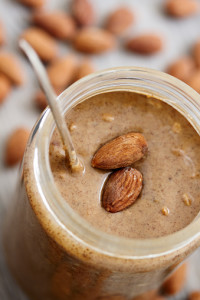
The post 10 Ways to Give Your Morning Oatmeal a Makeover appeared first on The Leaf.
from The Leaf https://ift.tt/2VhHO5Z
